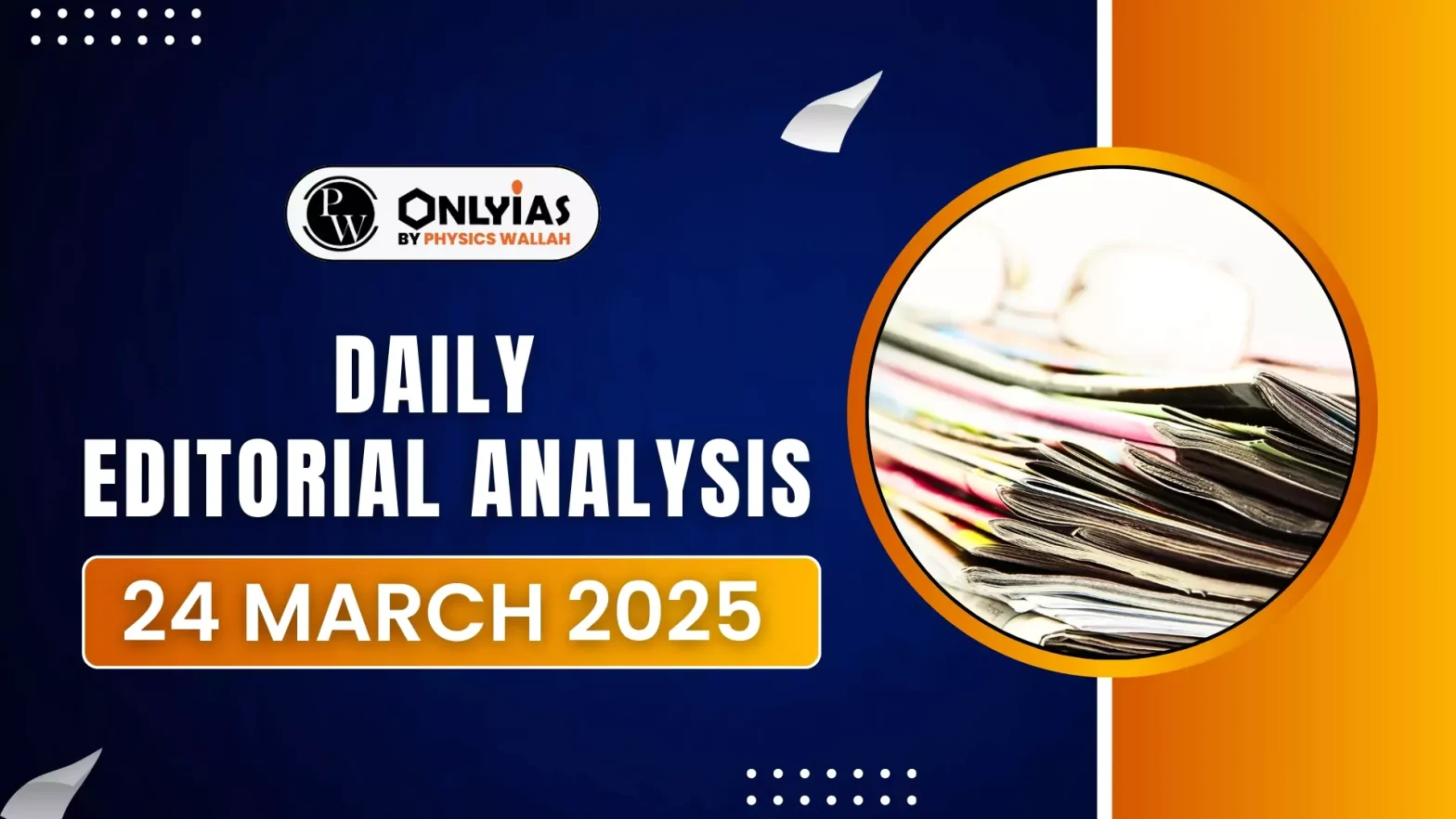Recently, Elon Musk-owned X has contested the government’s use of Section 79(3)(b) of the IT Act to moderate and remove content.
- The company argues that this provision is being misused, bypassing safeguards available under Section 69A, which is specifically designed for content moderation.
Background
- Shreya Singhal v Union of India (2015): The Supreme Court struck down Section 66A of the IT Act, which criminalized sending false information that caused “annoyance or inconvenience.”
- The provision was declared unconstitutionally vague, granting the government excessive powers to restrict free speech.
- Section 69A: After this ruling, Section 69A became the primary law for blocking online content.
- Power of the Center: The Centre can order content blocking if deemed “necessary” under Article 19(2) of the Constitution, which permits reasonable restrictions on free speech for reasons such as:
- Sovereignty & integrity of India
- State security & public order
- Foreign relations, morality, defamation, and incitement to an offence
- Reason: The government must record reasons for blocking content, allowing for judicial review.
Section 79(3)(b) & Supreme Court Ruling
- Section 79 of the IT Act: Provides a “safe harbour” for social media platforms (intermediaries like X), exempting them from liability for third-party content.
- Clarification in Shreya Singhal Case: The Supreme Court clarified that intermediaries are only liable if they fail to comply with legal content removal requests.
- X argues that the government’s use of Section 79(3)(b) is an overreach, bypassing the due process and safeguards established under Section 69A.
- Scope: Section 79(3)(b) states that intermediaries (like X) must remove unlawful content immediately upon receiving actual knowledge or a notification from the government or its agency.
- The Supreme Court ruling in Shreya Singhal limited the scope of this provision: Action under Section 79(3)(b) is only valid when:
- A court order mandates content removal, OR
- The government issues a notification, stating that the content violates Article 19(2) restrictions.
- October 2023: MeitY directed all ministries, state governments, and police to issue content blocking orders under Section 79(3)(b).
- October 2024: MeitY launched “Sahyog”, a portal allowing authorities to issue and upload blocking orders.
MeitY’s Orders and Procedural Safeguards
- Bypassing Safeguards: MeitY’s orders bypass the procedural safeguards provided under Section 69A of the IT Act.
- Shreya Singhal Judgment: The Supreme Court’s ruling in Shreya Singhal clarifies that content can only be blocked through Section 69A or a court order.
- Purpose: Section 79 is intended to protect intermediaries, not to impose additional obligations on them.
- Concerns: The government’s interpretation has led to an “unlawful blocking regime”, bypassing necessary legal safeguards.
- Interim Order: March 17, 2025: X filed the petition, seeking an interim stay on coercive action.
- Single-judge Bench of Justice M Nagaprasanna refused the stay but allowed X to approach the court if the government takes adverse action. The matter is listed for hearing on March 27, 2025.
Conclusion
X’s AI chatbot Grok 3 has sparked controversy for using Hindi slang and making critical comments about the government. While X has not received official notice, reports suggest the Centre has contacted the company over the issue.
![]() 24 Mar 2025
24 Mar 2025

